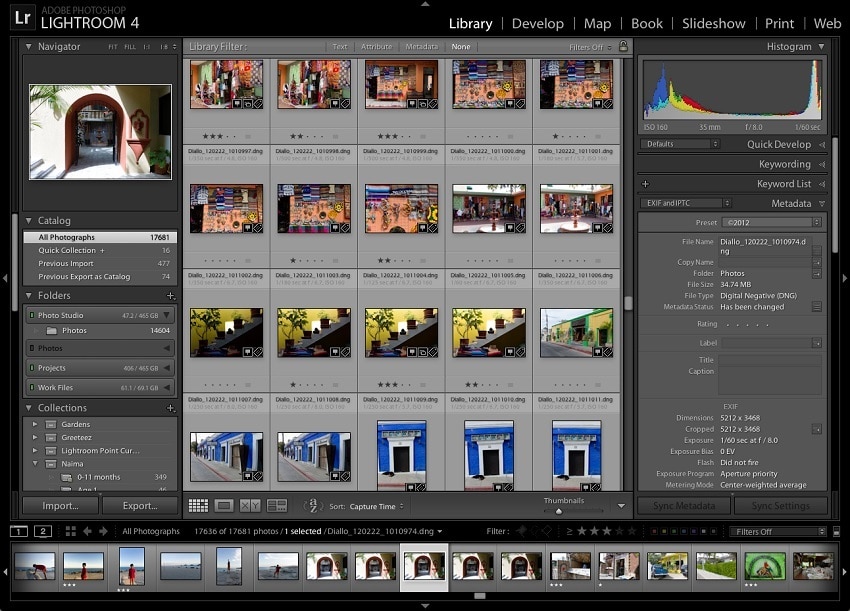

Tick on the “find nearby missing photos” checkbox to round up other strays in the same folder. In the ensuing dialogue, which shows you the image’s last known location, click “ Locate.” Navigate to the image in the next browser window. To find a missing image, click directly on the exclamation point in the upper right corner of its preview. Choose “Find Missing Folder” in the contextual menu, and navigate to it in the ensuing browser. On the left are organizational panels, including your Navigator, Catalog, and Folders panels. Click on the module button to open that editing module. To find a missing folder, select it and control-click (Mac) or right-click (PC). We’ll be covering the Library and Develop modules in this tutorial.

Remember that “missing” doesn’t necessarily mean lost - it just means there’s a broken link.

Making changes from Finder or Explorer will break the database link between Lightroom and your originals, resulting in a question mark on a missing folder, and an exclamation point on a missing image. Once your images are imported, it’s important to use Lightroom to move or rename them. When copying, the choices are “Into One Folder” or “By Date.” Pay close attention when choosing Destination and Organize options in the Import Module or you’ll wind up copying your images to parts unknown, in a crazy nest of hard-to- navigate subfolders. lrcat file.Īlong with setting a destination folder, you must also tell Lightroom how you want your photos organized. lrdata, usually in the same location as the. Lightroom Previews are stored in a separate file that ends in. Changes made to the images are displayed via their previews, but the originals are never touched. Lightroom then references the original photos, and builds previews to serve as a visual link between them and the Lightroom Catalog. A better word for “import” might be “reference” or “link.” During Import, you point Lightroom to the source files, specify whether you want to copy, add or move them, and most important, set a destination folder for the photos. Lightroom adds images to the catalog via the Import process, but the original physical image files are not “in” Lightroom.
#Adobe lightroom tutorials mac
The first time you start Lightroom, a new, empty catalog is automatically created in the following folders: > Mac OS/Users//Pictures/Lightroom > Windows\Users\Pictures\Lightroom The location, file name, keywords, star ratings, color corrections and every single speck of backscatter removal are all stored in the Lightroom Catalog. The Lightroom Catalog, not unlike a card catalog in a brick-and-mortar library, holds all the information about each asset in the Lightroom Library. You can identify a Lightroom Catalog by its file suffix of. It’s a single file that points Lightroom to your original photos, but it doesn’t contain the actual photo files. The Lightroom Catalog is an immensely powerful database that references imported images from wherever they’re stored on your drive.


 0 kommentar(er)
0 kommentar(er)
